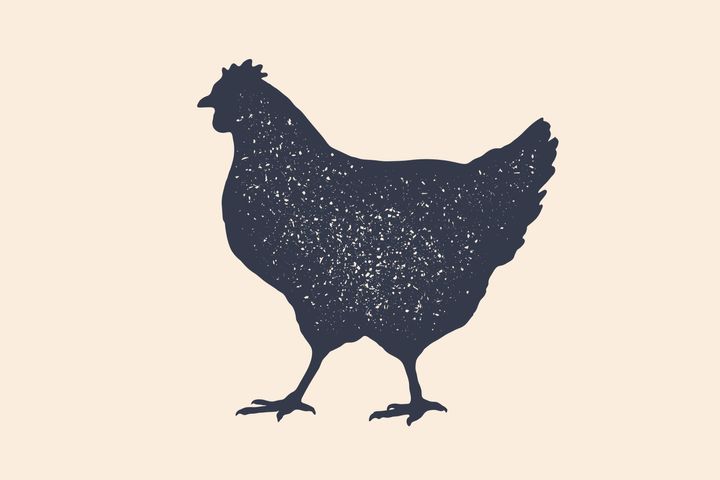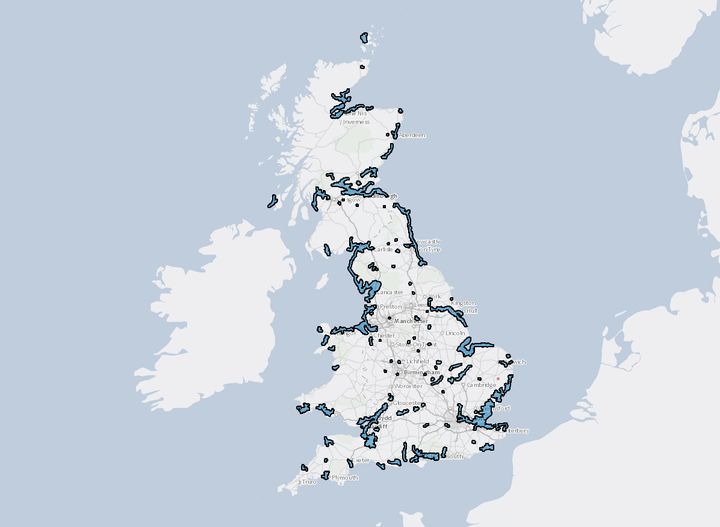
A strain of avian flu – also known as bird flu – has been detected at a chicken farm in Suffolk.
The Department for Environment, Food & Rural Affairs confirmed the outbreak of a low pathogenic avian influenza (H5 strain) on Tuesday and revealed 27,000 poultry at the farm will now be humanely culled to limit the risk of the disease spreading.
There are two types of avian influenza: highly pathogenic avian influenza (HPAI) and low pathogenic avian influenza (LPAI). The latter is less serious and can cause mild breathing problems in birds, although those affected may not always show clear symptoms.
Bird keepers have been warned to remain alert for any signs of the illness and to report suspected disease immediately. Meanwhile, anyone who finds dead wild birds are encouraged to report them to the Defra helpline on 03459 33 55 77 (select option 7).
An investigation is underway to determine the most likely source of the outbreak. But what about the risk to human health?

What’s the risk to humans?
The advice from Public Health England (PHE) is that the risk to public health from the virus is very low. Dr Gavin Dabrera, public health consultant at PHE, said: “As a precaution, we are offering public health advice and antivirals to those who had contact with the affected birds, as is standard practice.”
The Food Standards Agency (FSA) has said bird flu does not pose a food safety risk for UK consumers. Thoroughly cooked poultry and poultry products, including eggs, are safe to eat, the agency said.
How does the illness spread?
The illness is spread to humans through close contact with an infected bird – dead or alive, the NHS explains. This contact could include touching infected birds, touching droppings or bedding, or killing or preparing infected poultry for cooking.
Markets where live birds are sold can also be a source of the illness – you should avoid visiting these markets if you’re travelling to countries that have had an outbreak of bird flu. There are currently restrictions on bird gatherings such as fairs, shows and exhibitions, and the release of game birds, Defra said.
It’s worth nothing that you can’t catch bird flu through eating fully cooked poultry or eggs, even in areas with an outbreak of it.
How many cases of bird flu in humans have there been?
The first time the virus transferred from poultry to humans was in 1997, resulting in every chicken in Hong Kong being culled.
As of 27 September, there had been one case of bird flu globally which had resulted in death in 2019, according to the World Health Organisation (WHO). The fatality occurred in Nepal.
Since 2003, there have been 861 cases reported globally and 455 deaths. Yet there have been no reported cases of bird flu transferring to humans in the UK.
What are the symptoms?
The health advice for people who have visited an area affected by bird flu in the past 10 days is to look out for symptoms.
Symptoms include a very high temperature or feeling hot or shivery, aching muscles, headache and a cough. Some other early symptoms include diarrhoea, sickness, stomach pain, chest pain, bleeding from the nose and gums, and conjunctivitis.
It usually takes three to five days for the first symptoms to appear after you’ve been infected, according to NHS Choices. Within days of them appearing, it’s possible to develop more severe complications such as pneumonia and acute respiratory distress syndrome.
If you experience any of the above, call your GP or NHS 111. Your symptoms can be checked over the phone.